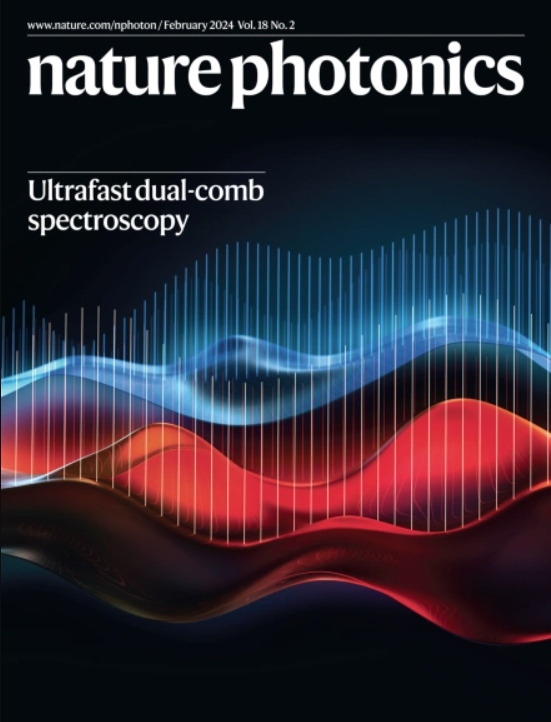Consensus statement on Brillouin light scattering microscopy of biological materials
IF 32.9
1区 物理与天体物理
Q1 OPTICS
引用次数: 0
Abstract
Brillouin light scattering (BLS) spectroscopy is a non-invasive, non-contact, label-free optical technique that can provide information on the mechanical properties of a material on the submicrometre scale. Over the past decade, BLS has found increasing microscopy applications in the life sciences, driven by the observed importance of mechanical properties in biological processes, the realization of more sensitive BLS spectrometers and the extension of BLS to an imaging modality. As with other spectroscopic techniques, BLS measurements detect not only signals that are characteristic of the investigated sample, but also those of the experimental apparatus, and can be substantially affected by measurement conditions. Here we report a consensus between researchers in the field. We aim to improve the comparability of BLS studies by providing reporting recommendations for the measured parameters and detailing common artefacts. Given that most BLS studies of biological matter are still at proof-of-concept stages and use different, often self-built, spectrometers, a consensus statement is particularly timely to ensure unified advancement. Brillouin scattering microscopy is prone to artefacts and inconsistencies. This Consensus statement provides recommendations for measuring and reporting relevant parameters with the aim of standardizing protocols and improving the comparability of studies.


生物材料布里渊光散射显微技术的共识声明
布里渊光散射(BLS)光谱学是一种非侵入性、非接触式、无标签的光学技术,可以在亚微米尺度上提供材料的机械性能信息。在过去的十年中,由于观察到生物过程中力学特性的重要性,更敏感的BLS光谱仪的实现以及BLS扩展到成像模式,BLS在生命科学中的应用越来越多。与其他光谱技术一样,BLS测量不仅检测到被调查样品的特征信号,而且还检测到实验设备的特征信号,并且这些信号可能受到测量条件的实质性影响。在这里,我们报告了该领域研究人员之间的共识。我们的目标是提高劳工统计局研究的可比性,为测量参数提供报告建议,并详细说明常见的人工制品。鉴于大多数BLS对生物物质的研究仍处于概念验证阶段,并且使用不同的(通常是自建的)光谱仪,一份共识声明特别及时,以确保统一的进展。
本文章由计算机程序翻译,如有差异,请以英文原文为准。
求助全文
约1分钟内获得全文
求助全文
来源期刊

Nature Photonics
物理-光学
CiteScore
54.20
自引率
1.70%
发文量
158
审稿时长
12 months
期刊介绍:
Nature Photonics is a monthly journal dedicated to the scientific study and application of light, known as Photonics. It publishes top-quality, peer-reviewed research across all areas of light generation, manipulation, and detection.
The journal encompasses research into the fundamental properties of light and its interactions with matter, as well as the latest developments in optoelectronic devices and emerging photonics applications. Topics covered include lasers, LEDs, imaging, detectors, optoelectronic devices, quantum optics, biophotonics, optical data storage, spectroscopy, fiber optics, solar energy, displays, terahertz technology, nonlinear optics, plasmonics, nanophotonics, and X-rays.
In addition to research papers and review articles summarizing scientific findings in optoelectronics, Nature Photonics also features News and Views pieces and research highlights. It uniquely includes articles on the business aspects of the industry, such as technology commercialization and market analysis, offering a comprehensive perspective on the field.
 求助内容:
求助内容: 应助结果提醒方式:
应助结果提醒方式:


